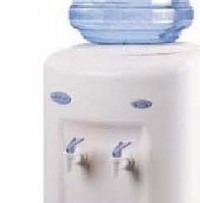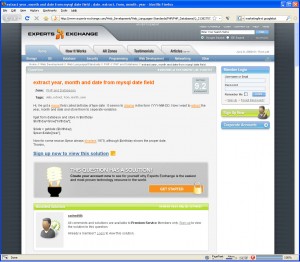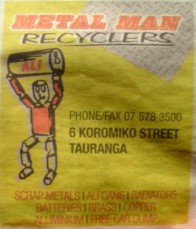 Have you come across a water cooler like the one shown in this photo?
Have you come across a water cooler like the one shown in this photo?
(see photo on right)
And like me, have you wondered which tap to use?
Sometimes one tap is colour-coded red to indicate hot water. Sometimes one is white, the other is blue to indicate cool water and cold water (which is which? I don’t know).
But often they are the same colour.
Why are there 2?
So 2 people can be served at the same time?
There is hardly room for that.
I don’t know the answer. It’s confusing.
Does your product or service confuse your customers?
Do they wonder why you’ve set things up the way you have, but stop short of asking you questions because they don’t want to look like a fool?
The point is, you wouldn’t know.
So take a fresh look at your brochures, your signage, your website, your business cards.
Is there enough introductory information there for people who have never heard of you, to make sense of what you are offering, and quickly determine what’s in it for them?
If not, fix it today.
That would be as refreshing as a cool drink of water on a hot day.





